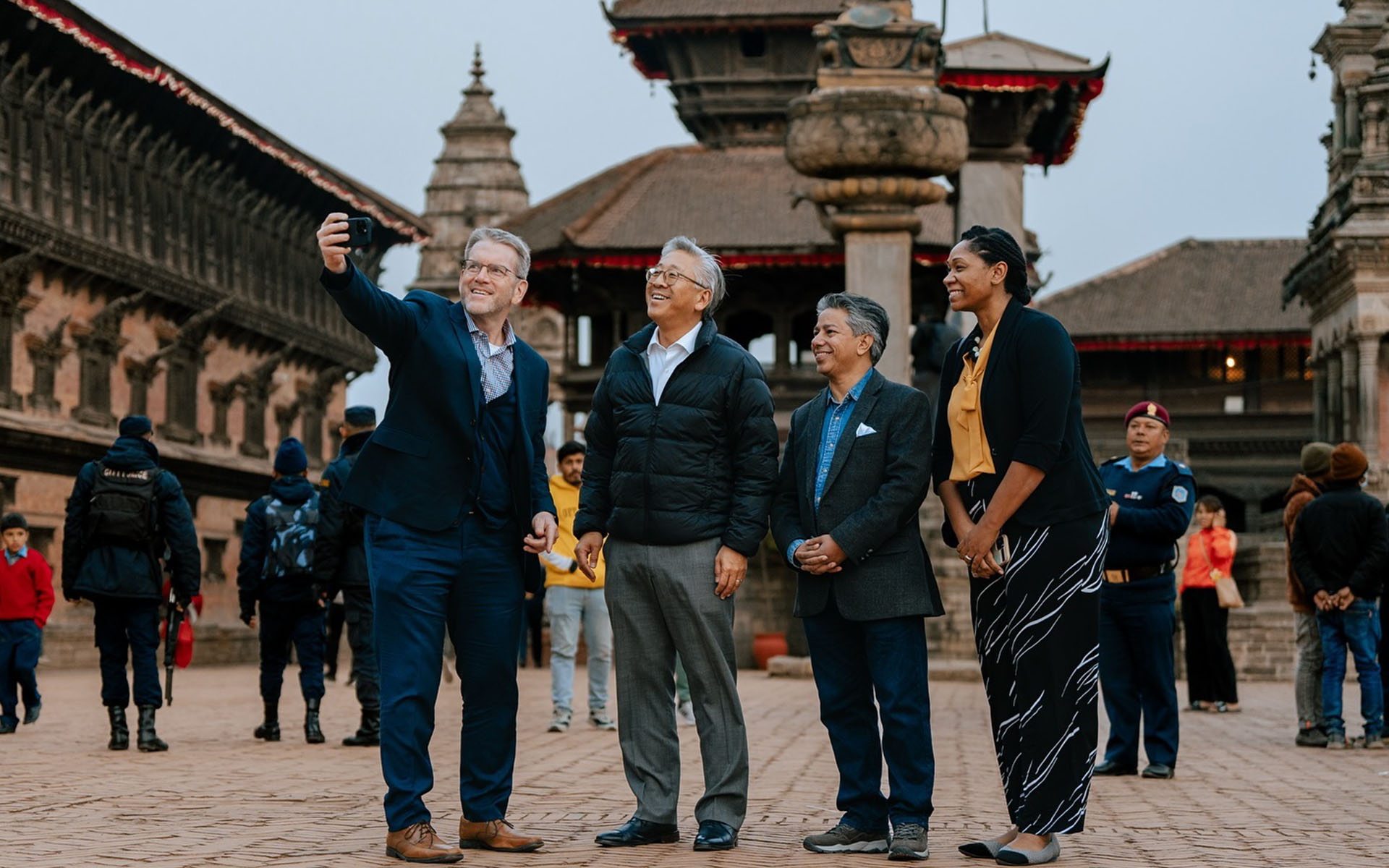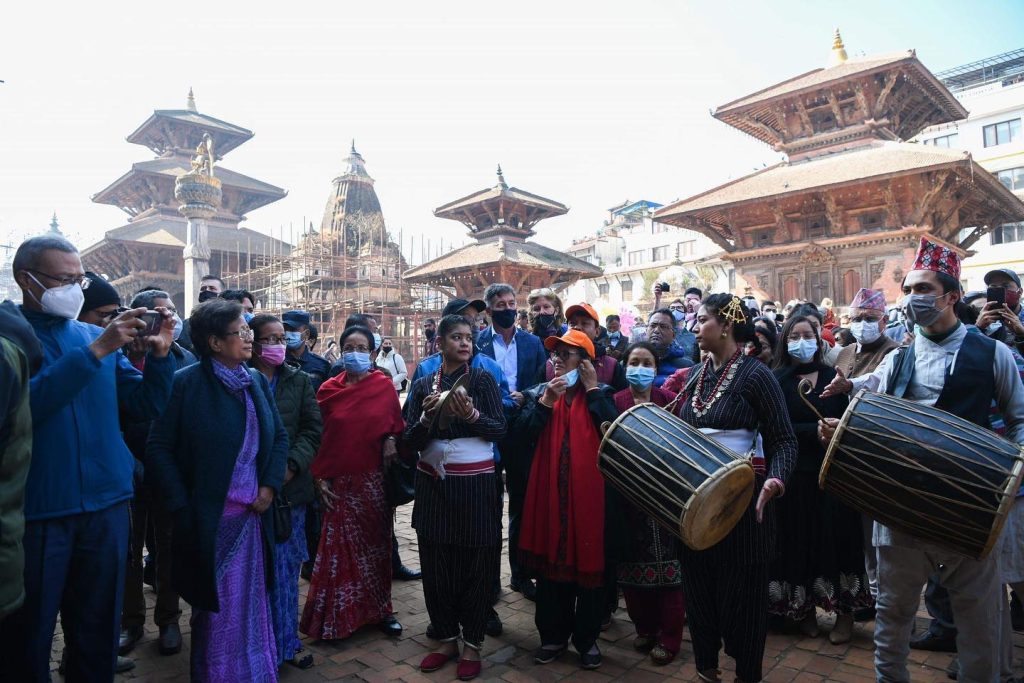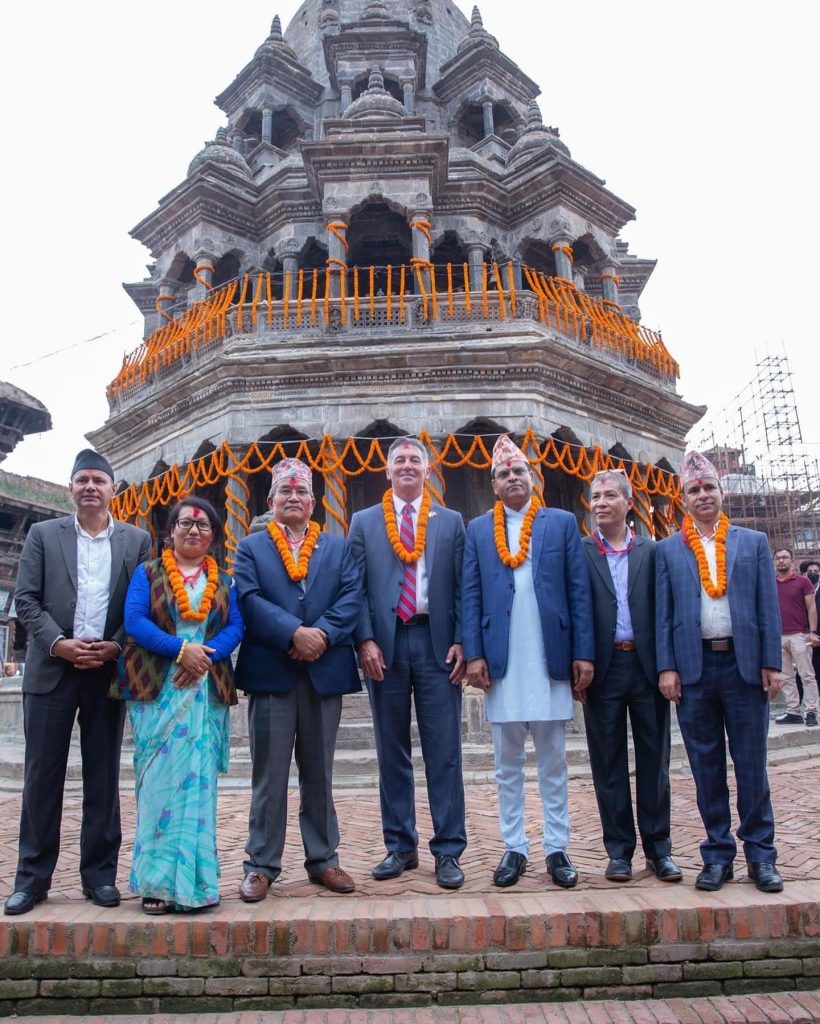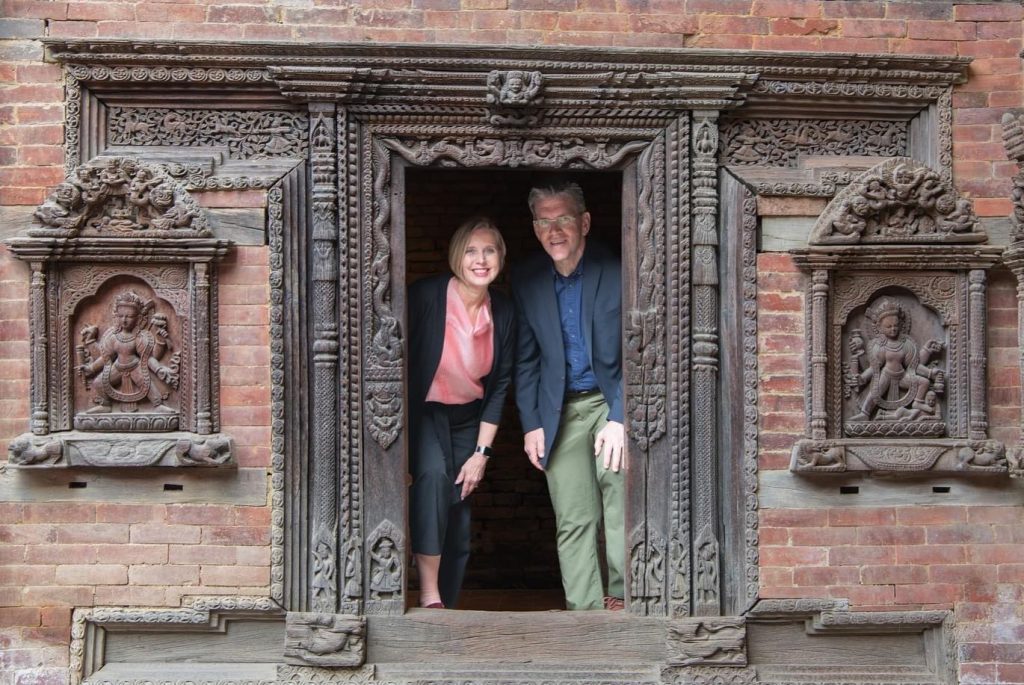
Nepal’s rich cultural heritage has long been a source of national pride and global admiration. Yet, preserving this legacy has remained a challenge. While the government has made efforts, broader participation, from local participation to the business community, are also essential.
Fortunately for Nepal, international partners have stepped in to support its culture preservation efforts. Global partners like the United States do not only admire Nepal’s rich cultural legacy but also actively contribute to its protection.
One prominent example of such an initiative is the Ambassadors Fund for Cultural Preservation (AFCP), a program run by the U.S. Embassy in Kathmandu under the U.S. Department of State.
Since 2003, the AFCP has supported 28 preservation projects across Nepal. According to the US Embassy, the Department of State has awarded over $4.54 million to support the restoration and preservation of these projects across Nepal, including projects in Kathmandu, Patan, Mustang, Humla, and Lumbini.

Among its most prominent projects, and a notable contribution was the seismic strengthening and restoration of the Gaddi Baithak in Kathmandu Durbar Square. Built in 1908, Gaddi Baithak was once used for royal coronations and for hosting foreign heads of state. This project received one of the largest AFCP grants worldwide in 2016, USD 700,000. The historic structure was restored in 2018, and later won the 2019 Engineering News-Record (ENR) Global Best Project award in the Renovation/Restoration category.
Conducted in partnership with Nepal’s Department of Archaeology, Hanuman Dhoka Palace Museum Development Committee, and Miyamoto Global Disaster Relief, the restoration project employed over 100 local craftspeople. Traditional materials and techniques were used to enhance earthquake-resilient structures while maintaining their original character. Since its restoration, the Gaddi Baithak has been open to the public and now houses a museum on the ground floor.
Following the earthquake, the AFCP also supported the restoration of the Char Narayan Temple in Patan Durbar Square. Built in 1566, this temple is one of Patan’s oldest. It was reconstructed with a $100,000 grant in partnership with the Kathmandu Valley Preservation Trust. The project, completed in 2019, employed 73 local artisans and reused original materials to preserve the temple’s authenticity.

Another key project was the restoration of the Kaal Bhairav shrine in Kathmandu Durbar Square, the AFCP’s first grant in Nepal. Known as the city’s protector, this shrine was where royals were once sworn in and where criminals confessed to their crimes. The restoration began in 2003 with 25 local artisans, with a $27,992 grant and was completed in 2005. Archival photographs (from the pre-1934 earthquake times) were used as references for the project.
In 2004, the AFCP also funded the restoration of the Kageshwor Mahadev Temple, also in Kathmandu Durbar Square, with a $28,551 grant. Originally built in 1711, this temple, first known as Bhuvanalaksmesvara, was later repaired again with emergency funding after being damaged in the 2015 earthquake. The project employed 40 artisans and prioritised traditional techniques to enhance structural resilience.

The Lakshmi Narayan Temple, dating back to the 17th century, was also restored under the AFCP program. Featuring deities Narayan (Vishnu) and Lakshmi side by side, the temple was restored between 2005 and 2006 using historical references and employed 20 craftspeople.
“These AFCP projects strengthen U.S.-Nepal ties by promoting sustainable tourism, economic growth, and cultural preservation, while enhancing diplomatic relations and creating opportunities for local and U.S. businesses in tourism, hospitality, and education—benefiting communities in both nations,” the U.S. Embassy stated.
In March 2025, U.S. Ambassador to Nepal Dean Thompson visited Mustang, to reaffirm America’s commitment to preserving Nepal’s cultural heritage through the AFCP. During the visit, Ambassador Thompson and his team toured AFCP-restored sites, met with local communities and project teams, and attended the Tiji Festival, a celebration of Nepal’s living traditions and shared values.
“Every time I visit Mustang, I’m reminded that cultural heritage isn’t just about the past — it’s a living part of community identity,” said Ambassador Thompson. He further stated, “AFCP restoration efforts help safeguard that identity while opening the door to new opportunities in tourism, education, and economic development. It’s a tangible example of how our two nations can grow stronger together.”
Public Affairs Chief Mike Harker, echoing this sentiment, added, “Preserving culture is a smart investment. When we restore a centuries-old monastery, we’re not just protecting history — we’re supporting communities, creating opportunities, and helping people share their stories with the world. That’s the kind of return cultural preservation can bring.”
In another milestone, the Lumbini Provincial Government and the Lumbini Development Trust inaugurated the first-ever conservation lab at the Lumbini Museum. This initiative was made possible through a $244,966 AFCP grant to the Buddha Foundation. The lab supports the conservation and documentation of ancient artifacts of cultural and historical significance from the Greater Lumbini Area.
“The AFCP projects strengthen U.S.-Nepal ties by promoting sustainable tourism, economic growth, and cultural preservation, while enhancing diplomatic relations and creating opportunities for local and U.S. businesses in tourism, hospitality, and education—benefiting communities in both nations,” the U.S. Embassy reiterated.